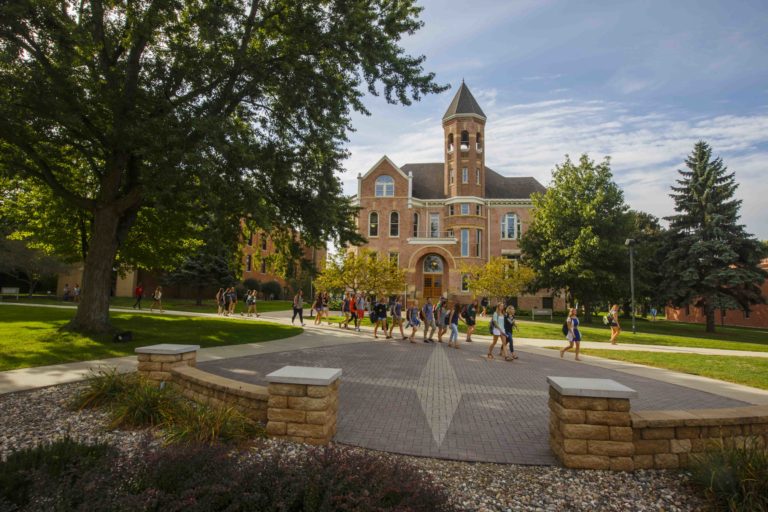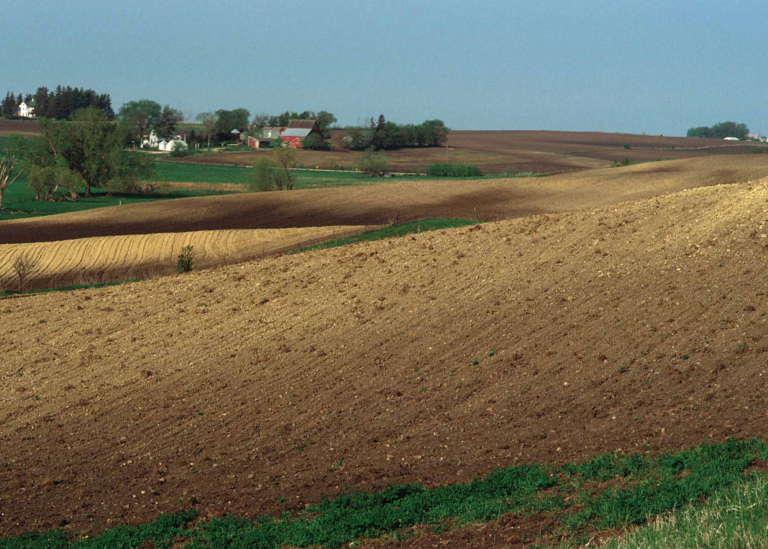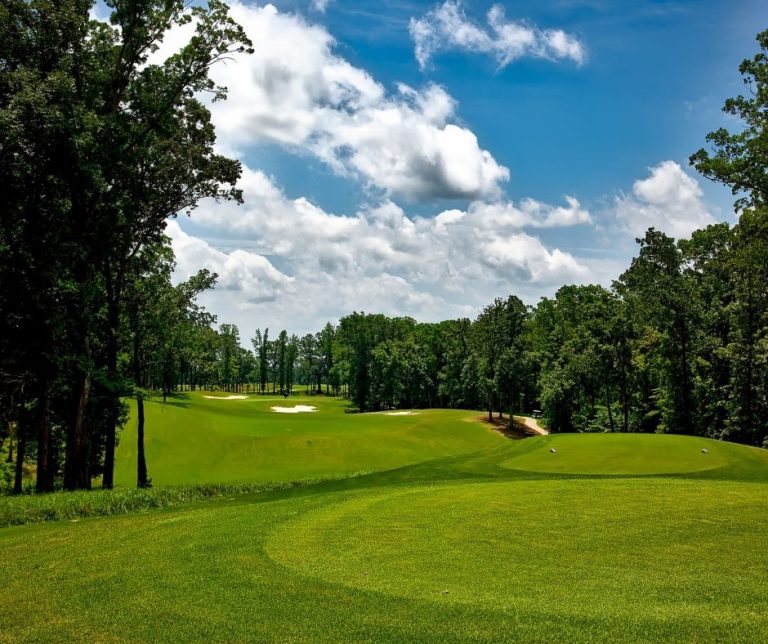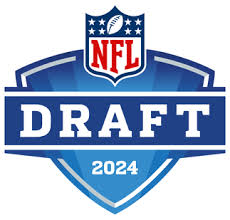Statewide Iowa — It’s time for fall yard chores.

We talked with Iowa State University Extension Horticulturist Richard Jauron recently and talked about how lawn care and preparation change in the fall. He says colder weather doesn’t mean lawns should be ignored. Rather, there are plenty of ways to prepare lawns for the winter ahead and optimal performance next spring.
Jauron says it’s probably not quite time to quit mowing yet, but that time is coming soon.
He says you should mow Kentucky bluegrass lawns at a height of 2½ to 3 inches in fall. When mowing the lawn, never remove more than one-third of the total leaf area at any one time.
He says autumn is the best time to control broadleaf weeds in the lawn with a broadleaf herbicide.
He says spring herbicide applications are not as effective.
Jauron says fall is also an important time to fertilize the lawn.
He says nitrogen is the most important nutrient to apply in fall. Extension experts suggest the application of 1 pound of actual nitrogen per 1,000 square feet.
We asked Jauron if we should rake leaves, mulch them, or let them remain on the lawn. He says it depends.
He says while many lawn chores can be done in the fall, there are some that are better left to other seasons. For instance some plants like crabgrass produce seeds and a pre-emergence herbicide to prevent crabgrass is best applied in the spring. He also says that if you need to repair spots or plant new grass, that works best in late summer. If you sow in the spring, he says the new grass has to compete with new weeds. Some people try dormant seeding in late fall, with the hope that grass will come up in the spring, but Jauron says that gets mixed results.











